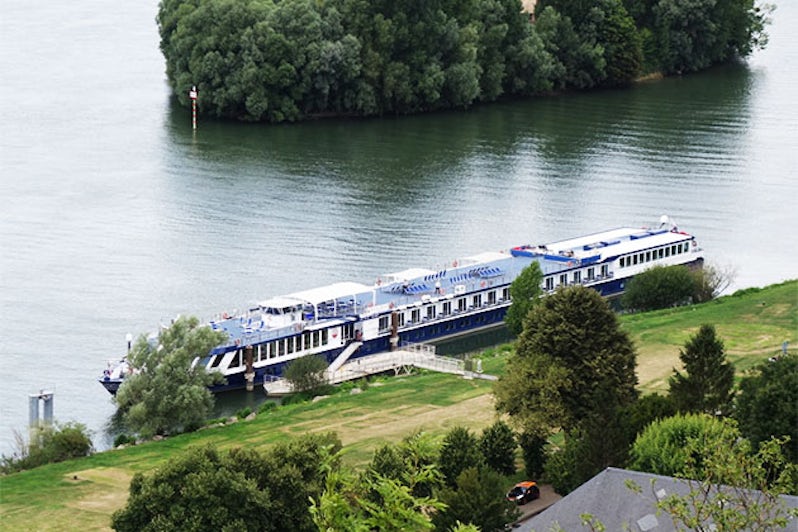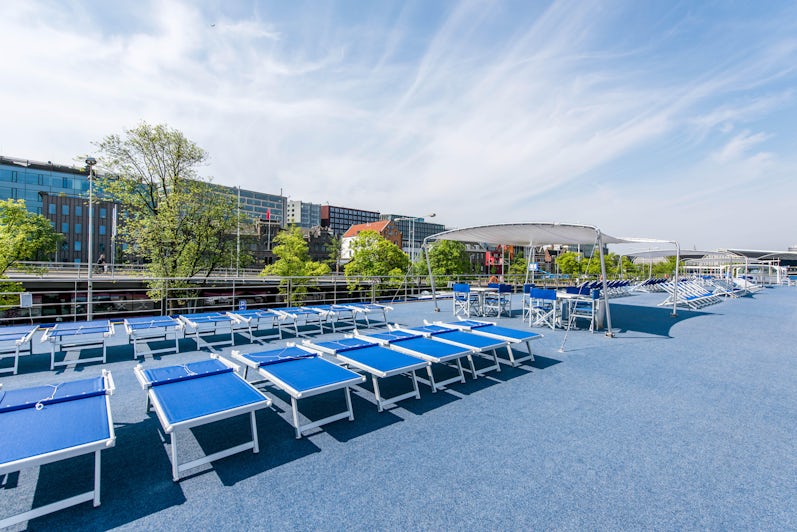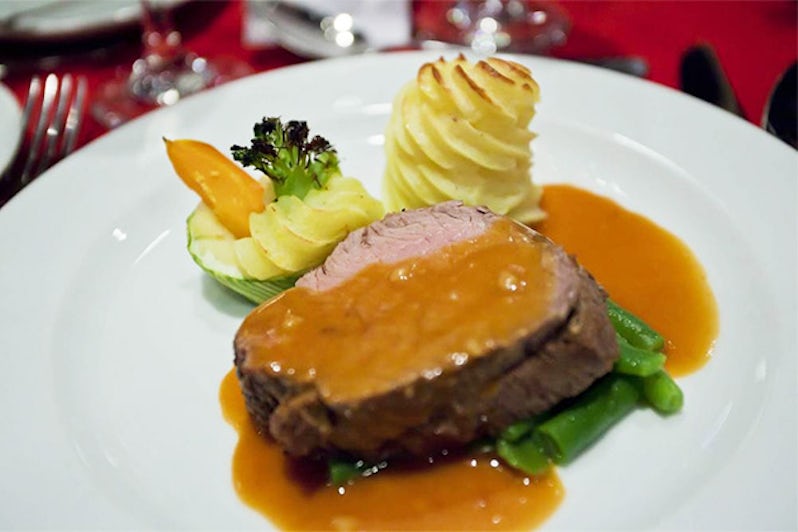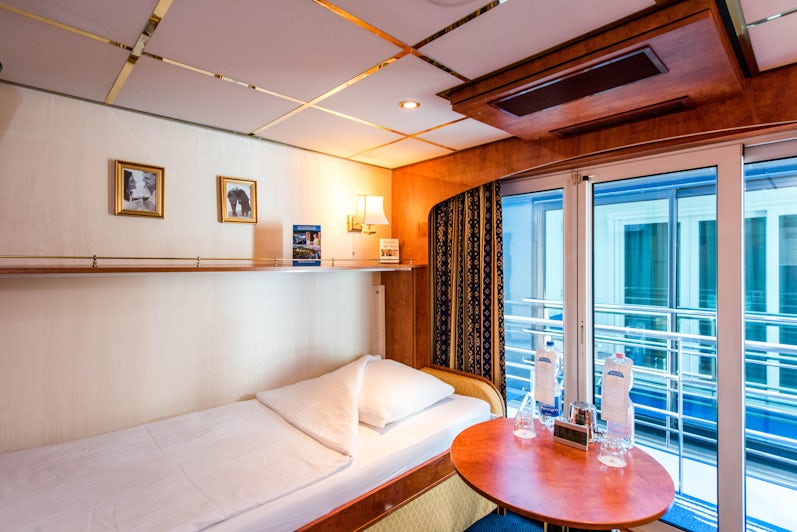
Why Grand Circle Is the River Cruise Line for You



Grand Circle has been known as the "affordable" cruise line for years, but don't mistake affordable for budget. The river cruise line spares no expense when it comes to its hallmark: learning, discovery and connection.
Onboard program directors take it to the top when it comes to education and enrichment. They provide an insider's perspective on history and culture, foster connections with locals and spearhead candid discussions on controversial topics.
After a Grand Circle river cruise, you'll have memories of unforgettable places and carry away an understanding that is very much rooted in the real world.
Grand Circle's river cruise ships, accommodating 86 to 162 passengers, sail in Europe on the Danube, Rhine, Moselle, Main, Elbe, Rhone and Seine rivers. Its small ships, serving 24 to 98 passengers, offer itineraries that include the Baltic states, British Isles, Mediterranean, Middle East, South Pacific and Antarctica.
Featured Article: How to Choose a River Cruise in Europe.
Grand Circle Cruise Line: Why You’ll Enjoy Sailing with Grand Circle

Fair and Affordable Prices with Grand Circle Cruise Line
Grand Circle cruise line doesn't advertise, unlike its competitors, which is the chief reason its fares are so economical. Grand Circle river cruises are affordable getaways so you can enjoy your time onboard without worrying about the expenses.
The line also offers onboard credit for paying in cash (notably, the company does not work with travel agents, instead booking travel directly through its Boston headquarters). Grand Circle has also caught up with other lines when it comes to amenities.
Complimentary offerings include onboard Wi-Fi; gratuities for local guides and motor coach drivers; an included tour at each port; and wine, beer and soda with meals.
Inner Circle members -- those who have traveled at least three times with the cruise line or affiliates Grand Circle Travel and Overseas Adventure Travel -- receive additional perks. Inner Circle members are serious Grand Circle loyalists: on one recent cruise, there were 55 Inner Circle members onboard, accounting for a total of 472 trips. That's a number that speaks volumes about traveler satisfaction.
Featured Article: River Cruise Pricing Explained
Expand Your Horizon with Experienced Program Directors Onboard Grand Circle Cruises
When it comes to program or cruise directors, the template for most lines works like this: An onboard director coordinates shore excursions, which are then led by local guides. That's not the case with Grand Circle.
Resident program directors from the region lead groups of no more than 47 passengers throughout a cruise. My group consisted of 38 passengers -- half retired, half not.
Not only do the program directors design the shore excursions, but they also conduct them (sometimes with an auxiliary guide from the port of call). The program directors are world travelers and are encouraged to broach all topics. There's nothing scripted or sugar coated about their approach, a refreshing departure from some of the other lines.
Topics under discussion might range from the refugee crisis in Europe to the rise of far-right political parties in the region to the merits of gluhwein, a mulled wine popular at Christmastime.
Dive Deeper into New Cultures on a Grand Circle Cruise

Grand Circle connects the dots when it comes to cultural immersion in big and small ways. Before a tour of Nuremberg in Germany, the in-cabin TV featured the classic movie Judgment, which was terrific prep for that visit.
During guided walks, program directors routinely stop locals on the street and ask them about how they live their lives. And Grand Circle pioneered the now widely copied home-hosted lunch, an opportunity for small groups of six to 10 passengers to dine with local residents.
Onboard meals are also part of the deep cultural dive. They feature regional wines and locally inspired menu selections like linzer torte, an Austrian favorite; kohlroulade, a German variation of stuffed cabbage rolls; and wiener backhendl, Viennese fried chicken.
Each cruise includes onboard lectures ranging from cultural customs (holiday traditions and cooking demos, as examples) to ripped-from-the-headlines topics like the European refugee crisis. For one example, the speaker on a Danube river cruise was Ahmad, a 19-year-old Syrian refugee, who talked about his harrowing journey (in a rubber boat with 60 others, on a ship, on foot, in cars) from Syria to Austria, where he was granted asylum.
After every cruise, Grand Circle sends out a 13-page questionnaire to assess traveler satisfaction. Two of the questions: Were you exposed to controversial topics? Did you get the opportunity to experience everyday life? For nearly every cruiser, the answer is, "Absolutely."
New Adventures for Solo Travelers on Grand Circle Cruise Line
As one of the cruise lines that focuses on the needs of solo travelers, Grand Circle Cruise Line can offer unique, once-in-a-lifetime experiences for cruisers old and young.
Solo travel, especially on cruises, is notoriously expensive and often out of reach for many travelers. Grand Circle river cruises make solo travel more accessible and affordable by offering low-cost single supplements and free single supplements on all pre- and post-trip extensions.
Grand Circle Cruises: Why Grand Circle River Cruises May Not Be the Best for You

Few Fitness Options Onboard Grand Circle Cruises
Each ship has a modest sauna and workout room with a treadmill and elliptical machine. The "Health Club," as it’s called, is not well used. On a positive note, however, Grand Circle now has massage therapists on its Danube, Rhine and Main itineraries.
Even though Grand Circle river cruises have fewer fitness options than other cruises, remember that your itinerary will keep you active. There are always creative ways to work out and stay fit on a cruise.
Grand Circle Cruises Aren't Exactly "Swanky"
New river ships are often grand affairs, as much hotel as ship with sleek lobbies, an alternative restaurant and swanky cabins comparable to boutique hotel rooms. That's not the case with Grand Circle, which uses tried and true ships to explore the world.
A Grand Circle ship looks and feels just like what it is: a ship. Nothing wrong with that -- but you won't mistake it for a boutique hotel. The cabins on Grand Circle, though roomy enough, might be a deal breaker for some due to the beds.
Twin beds are attached to facing walls, and some cabins just house a single bed. During the day, they are converted into small sofas. So if the aim is a romantic holiday, the cabin might not cut it.